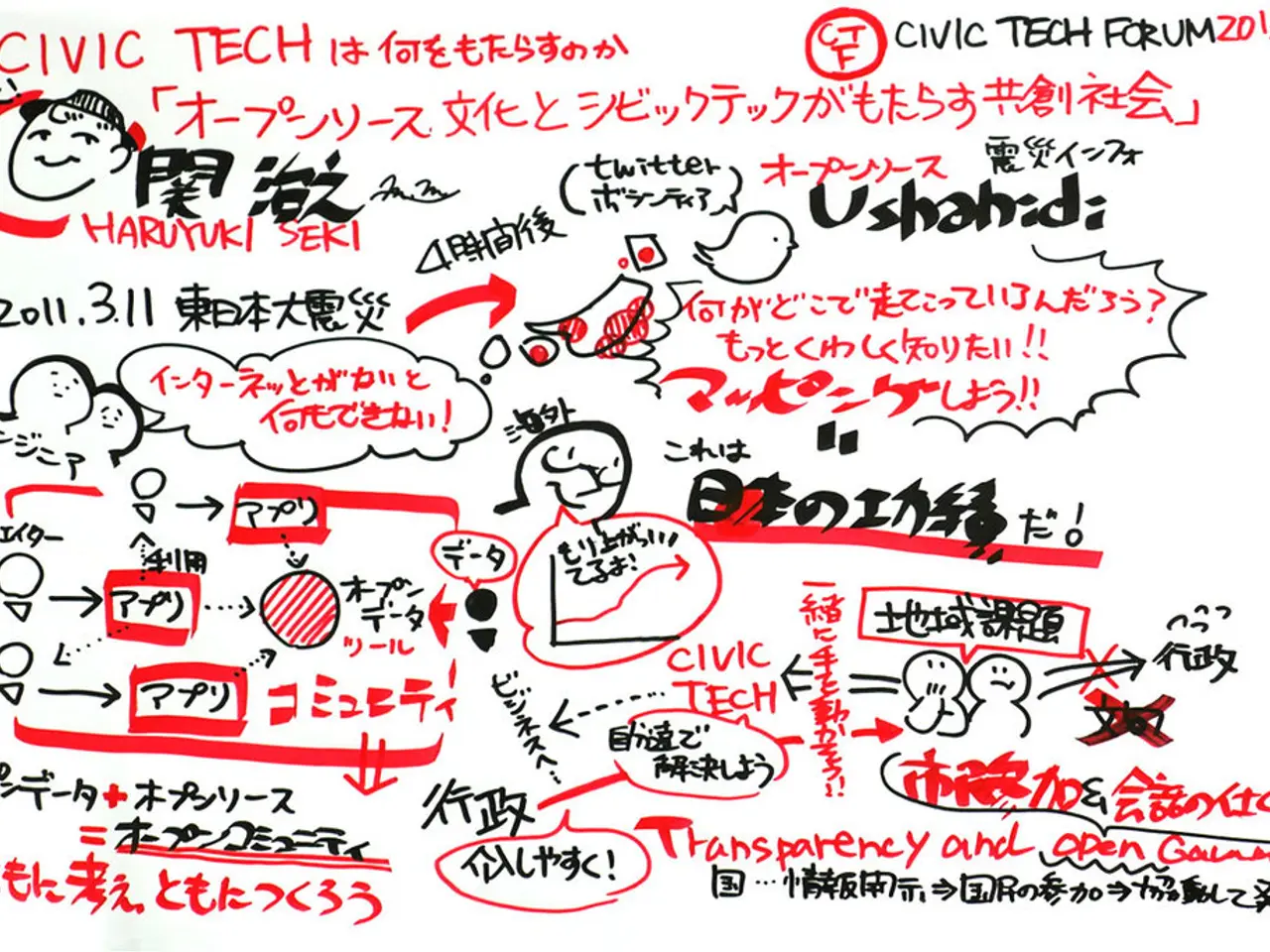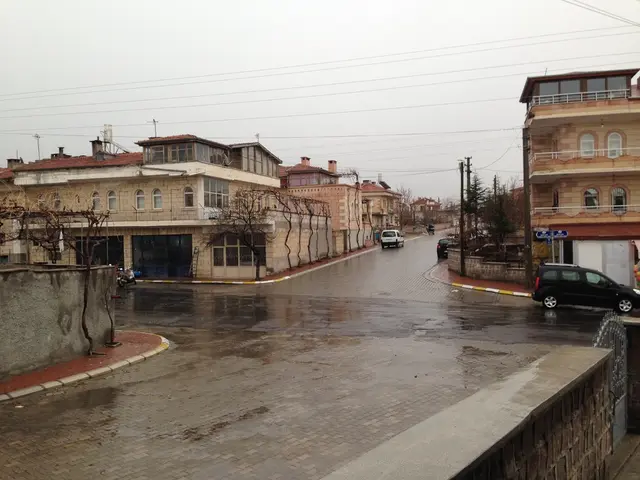3D-GPT: A novel approach for generating 3D models from text via procedural means
In the ever-evolving world of artificial intelligence, a groundbreaking development is taking shape - 3D-GPT, a text-to-3D generation system that harnesses the power of large language models (LLMs) to automate and streamline the process of creating 3D content.
### Leveraging Large Language Models for Procedural 3D Content Creation
3D-GPT capitalizes on the advanced understanding and generation capabilities of LLMs, enabling them to interpret textual descriptions and generate corresponding 3D models in an automated and controllable manner. This approach aims to reduce the extensive human effort required for 3D model production and increase the efficiency and flexibility of creating 3D assets for various applications.
The system employs a two-stage modular pipeline, similar to EmbodiedGen, for text-to-3D generation:
1. **Text-to-Image**: The system converts text prompts into high-quality images that visually represent the described object. 2. **Image-to-3D**: The generated images are then transformed into 3D models using image-to-3D techniques.
By adopting this modular approach, 3D-GPT improves controllability, allows early quality inspection, and leverages advances in both text-to-image and image-to-3D communities.
### Limitations and Future Directions
While 3D-GPT offers promising capabilities for text-to-3D generation, it is not without its limitations. Challenges remain in terms of precision, computational efficiency, and simultaneous editing of multiple asset attributes.
Current systems often lack the precision needed for exact shape or appearance control, and users may find it hard to specify very detailed or nuanced 3D features purely through natural language. Additionally, the process can be computationally expensive and slow, hindering rapid iteration and interactive refinement in practical scenarios.
As research continues, initiatives in areas like further scaling LLMs, training on 3D data, and expanding beyond text inputs provide promising routes to address current limitations and unlock the full potential of text-to-3D generation systems like 3D-GPT.
For those interested in exploring this cutting-edge technology, the authors plan to make the code for the project available after the paper is accepted. In the meantime, they have provided great example video demonstrations on the project site.
As we stand on the brink of a new era in 3D content creation, 3D-GPT promises to revolutionize the way we generate and manipulate 3D assets, opening up a world of possibilities for artists, designers, and developers alike.
Artificial intelligence, particularly in the form of large language models (LLMs), is instrumental in 3D-GPT's ability to automate and streamline the creation of 3D content by interpreting textual descriptions and generating corresponding 3D models.
With the advancements in text-to-image and image-to-3D techniques, 3D-GPT leverages artificial intelligence to improve controllability, enable early quality inspection, and foster collaboration between researchers in both fields.




